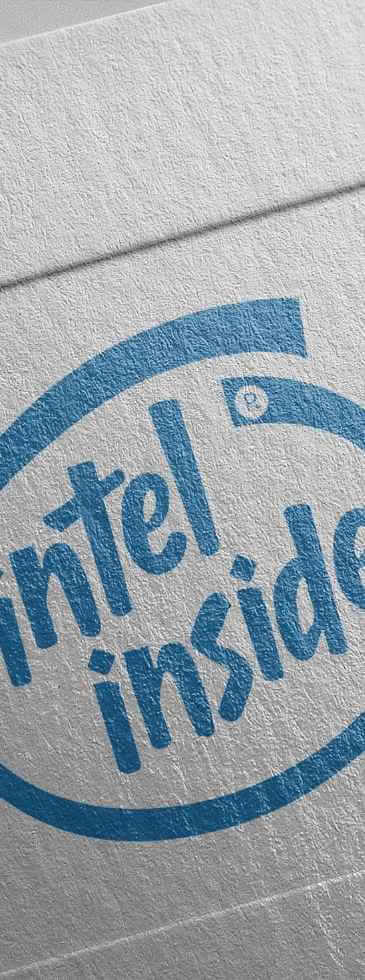We have discussed this quite a bit, it will be interesting to see what Tech Insights has to say:
May 7, 2025 11am ET, 1 hour Online Event
Join David MacQueen and James Sanders as they explore Intel’s bold strategies to regain dominance in the semiconductor industry. With increasing competition from AMD and TSMC, Intel faces significant challenges in its bid to reclaim leadership. This webinar will provide expert insights into the market forces shaping Intel’s comeback, its manufacturing roadmap, and the impact on the future of computing. Attendees will leave with a clear understanding of Intel’s trajectory and what it means for the broader tech landscape.
May 8, 2025 - 10:00 AM JST/KST


David MacQueen
Senior Director, TechInsights
David has over 20 years of experience in semiconductor-related industries and has an inherent ability to contextualize data that helps clients understand the big picture.

James Sanders
Senior Analyst, TechInsights
James is a Senior Analyst at TechInsights with over 5 years of experience as an industry analyst, and 7 years of experience as a technology journalist.
Bold Strategies, Leadership Shifts, and the Future of Semiconductors
May 7, 2025 11am ET, 1 hour Online Event
Join David MacQueen and James Sanders as they explore Intel’s bold strategies to regain dominance in the semiconductor industry. With increasing competition from AMD and TSMC, Intel faces significant challenges in its bid to reclaim leadership. This webinar will provide expert insights into the market forces shaping Intel’s comeback, its manufacturing roadmap, and the impact on the future of computing. Attendees will leave with a clear understanding of Intel’s trajectory and what it means for the broader tech landscape.
Don’t Miss Out – Register Now!
May 7, 2025 - 11:00 AM ESTMay 8, 2025 - 10:00 AM JST/KST
What You’ll Discover:
- Inside Lip-Bu Tan’s Vision: How Intel’s New CEO Plans to Rewrite the Playbook - Hear analysis of Intel’s new leadership under Lip-Bu Tan and what it means for innovation, business strategy, and market positioning. Learn how his past successes could influence Intel’s future and what key changes the industry should expect. Attendees will gain a strategic understanding of how leadership shifts can redefine a company’s trajectory.
- Intel Foundry vs. TSMC: Can Intel Disrupt the Foundry Market? - Discover what it takes to compete with TSMC, the world’s leading foundry, and whether Intel is a true challenger. Our experts will break down Intel’s progress in manufacturing, partnerships, and geopolitical positioning, helping attendees grasp the evolving dynamics of the semiconductor supply chain and what it means for businesses and investors.
- Back in the AI Game? How Might Intel Re-enter the AI Accelerator Market? - Having cancelled its next generation AI accelerator, what are Intel’s options to re-enter this market? What other AI assets does Intel have that it can leverage? Attendees will leave with an understanding of Intel’s AI initiatives and the options the new CEO might pursue to get the company back at the forefront of AI innovation.
- The Hidden Edge: Intel’s Secret Innovations That Could Change the Game - Hear our speakers discuss Intel’s lesser-known technologies, from advanced packaging innovations to cutting-edge R&D in quantum computing and photonics. Attendees will gain a deeper appreciation for the unseen forces driving semiconductor advancements and how these developments could shape the next wave of computing breakthroughs.
Featured Speakers:

David MacQueen
Senior Director, TechInsights
David has over 20 years of experience in semiconductor-related industries and has an inherent ability to contextualize data that helps clients understand the big picture.

James Sanders
Senior Analyst, TechInsights
James is a Senior Analyst at TechInsights with over 5 years of experience as an industry analyst, and 7 years of experience as a technology journalist.
